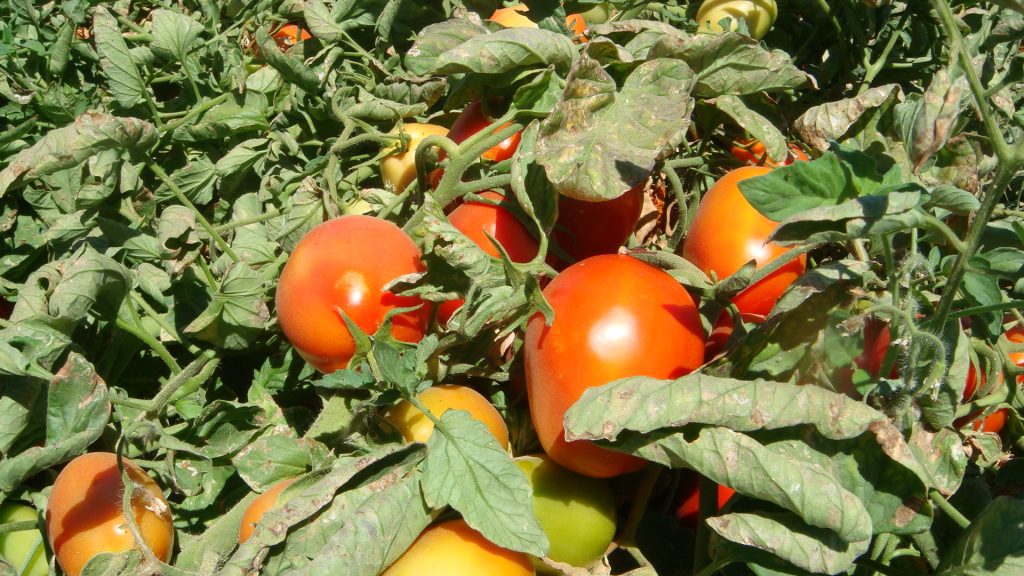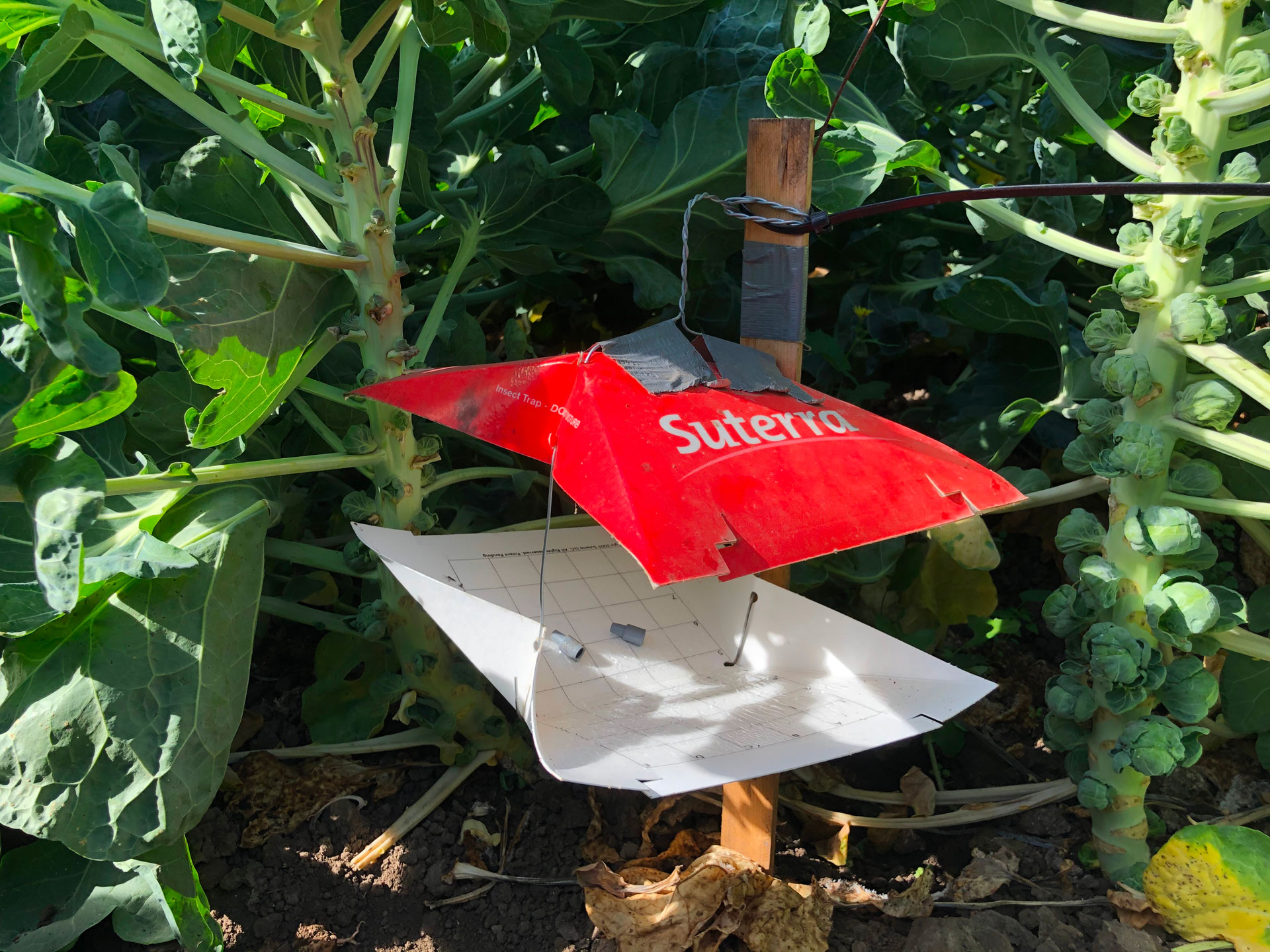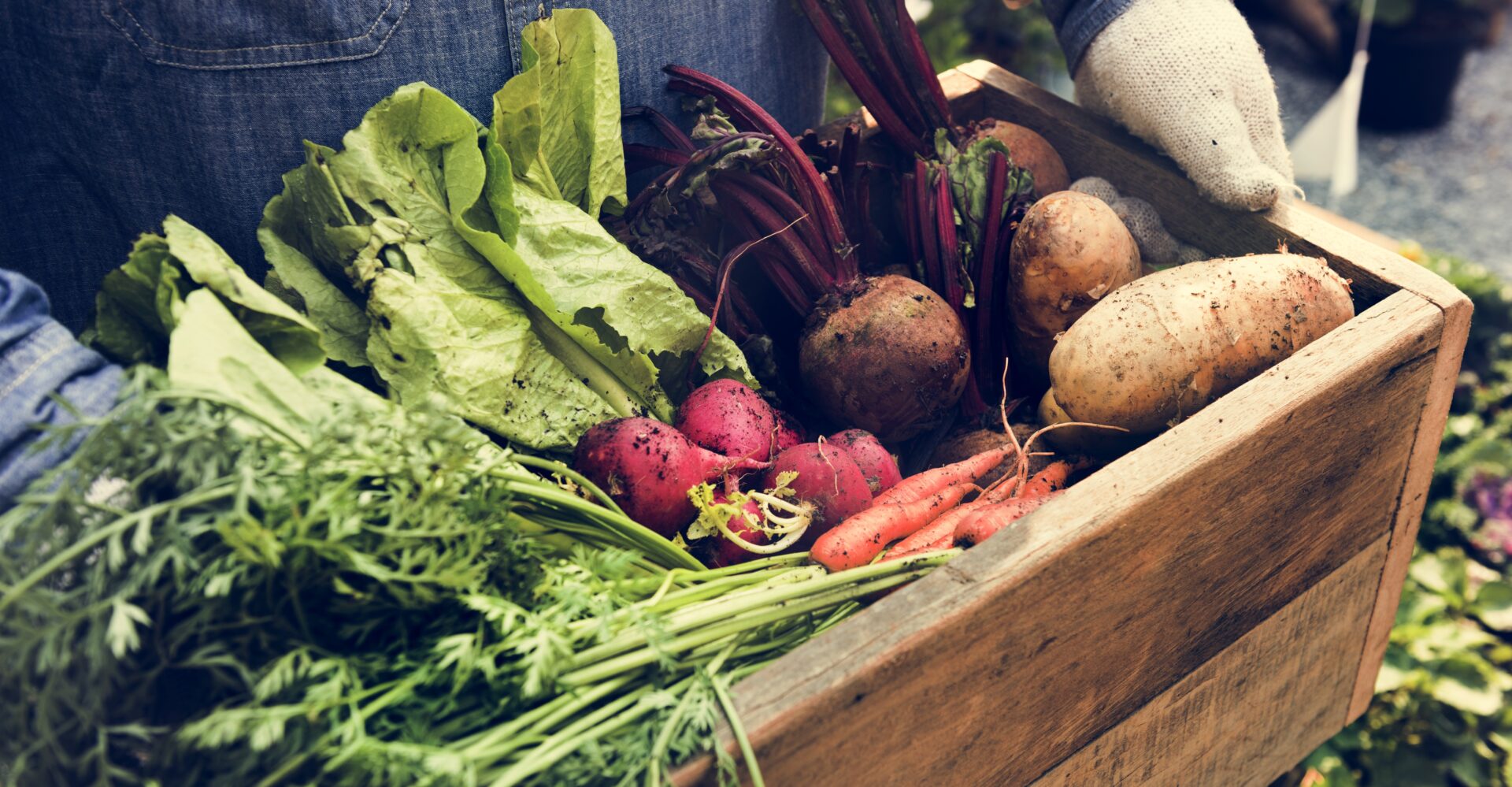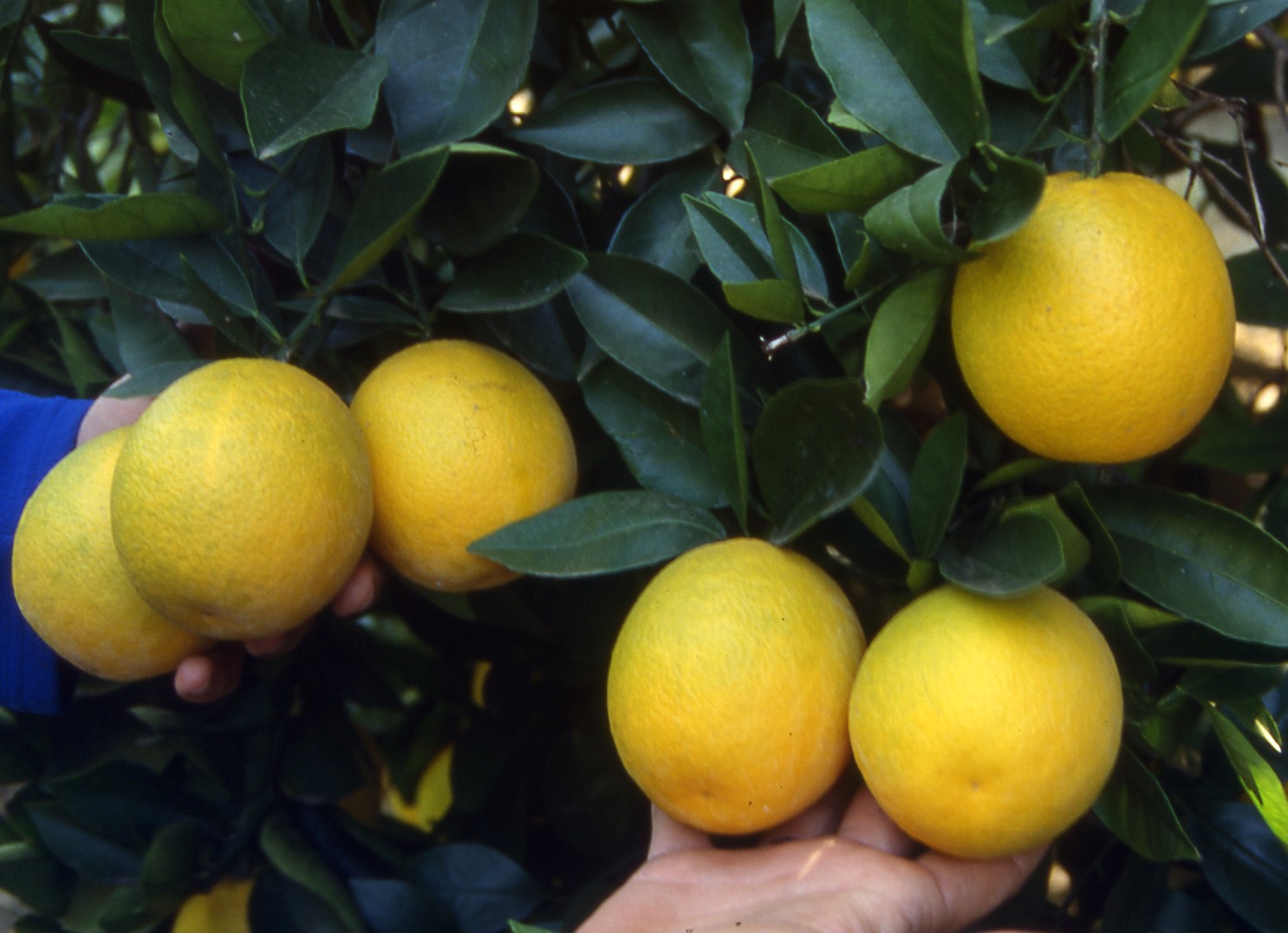
The previous article provided the first in a series to be published in Organic Farmer on both soil needs and plant response for trace elements or micronutrients.
More often than not, the soils we receive to be analyzed for growing all types of crops are deficient in several micronutrients, but the one that requires constant vigilance to assure the greatest success is boron. Like nitrogen and sulfur, boron can be leached from the soil. So, just as is true concerning sulfur, farmers and growers should test for boron content in the soil and generally expect it to be required to correct soil needs accordingly from year to year.
Although it should be, boron is not usually considered as a necessary addition for growing most crops including corn, soybeans, wheat, vegetables and even pastures. Without adequate boron, more nitrogen is needed in order to produce the same amount of growth. Consequently, it needs to be present in sufficient amounts as plants begin to grow and throughout the growing season. Still, it is always best to apply boron to the land based on actual needs as established by a reliable soil test, not by guessing whether it is or is not needed.
Calcium and Boron
Based on the test we use, the minimum boron level in any soil should be no lower than 0.8 ppm. But because it can be easily leached with rainfall or irrigation water, enough material should be applied to build for a higher level, and 1.5 to 2.0 ppm is considered ideal. Excellent boron levels are only most effective when there is sufficient calcium and phosphorous. Though it can still be helpful, there is no need to expect the best response from boron under circumstances where either one of these elements is not at sufficient levels.
In fact, calcium and boron work together in the soil as plants need sufficient calcium to take up adequate boron, and enough boron is needed in the soil to assure that calcium is taken up by the plants. Also, if phosphate is deficient in the soil, boron will not fill the seed or grain to the same extent as would normally be the case.
Though some in plant genetics may disagree, once all the other needed nutrient levels are completely met for producing a desired corn yield, if boron is not kept above 0.80 ppm, the kernels will not fill out all the way to the tip of the cob. It is not plant genetics that cause this problem. In every case, once the nutrients that are lacking have been supplied, even the most “susceptible” varieties fill out completely. How many bushels of corn grain are lost due to that lack, even at ¼-inch of grain loss per cob per acre?
As an all-too-common example, one corn farmer, new to the program, always had problems getting his corn to fill all the way to the tip of the cob. This farmer had low phosphate and deficient boron levels in his fields. We recommended both the needed phosphate and the boron. However, the farmer was convinced by his fertilizer dealer that his soils had adequate P levels and only needed a little starter P. This was also advocated to farmers in the area by the land grant university in the state.
Though sufficient boron was supplied, the kernels at the tips of the cobs still did not fill out completely to the end because the soil lacked sufficient phosphate. When both are deficient, a primary element such as phosphate or potassium should be given the highest priority over any trace element, including boron.
That same farm still uses our program. Once the needed P was supplied and the boron level continued to be maintained, the cobs began filling plump kernels of grain completely to the tip of each ear, and the yield increase from that extra grain is now an annual 30 to 40 more bushels of corn per acre.
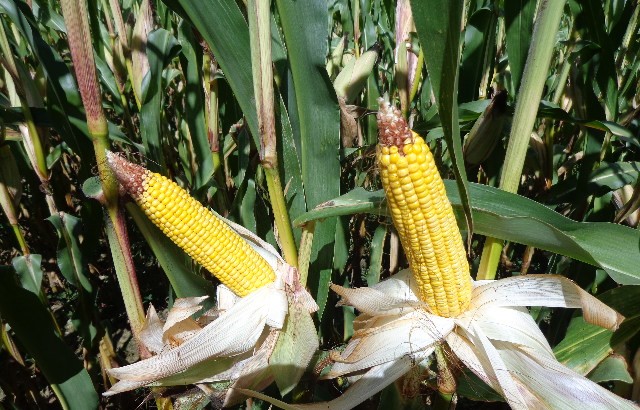
Nutrient Balance
Soils need boron to maximize the size of fruit and seed crops. But this will not happen without adequate calcium. Calcium is necessary to get starch into crop leaves. Boron is needed to get the starch from the leaves to the fruit or the grain. If either is lacking, seed and fruit size will also be lacking.
Consider again: this response will not happen without the proper minimum amount of calcium in the soil. And just having a “good soil pH” does not assure that calcium is adequate enough for the best crop response to boron. It is the soil saturation of calcium that determines how boron will help plants to respond in any soil. When the available calcium saturation is 60 to 70% in a soil, the crop response from using adequate boron is excellent. But on that same soil, if the saturation of calcium is in the 40 to 50% range, the same amount of boron can be toxic to the very same crop. This is why growers should not rely on soil pH as being indicative of enough calcium for the safe use of boron.
A lack of response from boron can also be caused by excessive amounts of potassium in the soil. This situation can cause boron to be tied up and unavailable to the crop from the soil. More specifically, when potassium is over 7.5% of total soil saturation, even if the level of boron has been maintained as needed, such high potassium ties up what would have been normally plant-available boron. In such cases, the crop will suffer from boron deficiency.
Still, the more deficient the calcium saturation is in any soil, the more likely boron toxicity problems will occur. So again, a balance between all the soil nutrients is needed for best results because each nutrient must sufficiently be supplied to do its job in order to help the other nutrients to properly do their job.
Once there is adequate calcium to ensure a safe response from boron, the minimum level in the soil should be 0.80 ppm for general cropping purposes. But once the levels of other nutrients are built up, boron should be built up to between 1.5 to 2.0 ppm. This is the recommended level for alfalfa, but for maximum response from boron on other crops, that same level, when safely achievable, should be considered as ideal.
Clay soils can be built up to the point that boron is sufficient for a crop or even several cropping seasons. Sandy soils are much harder to build, and at times may not even be safe to supply the amount needed to produce the best results. Again, only a reliable soil test can safely provide that critical information. Just guessing can be extremely expensive and very dangerous to the growing crop in such cases!
Too much boron can be toxic to growing plants, so be careful not to apply more than each particular crop can stand at any one time. This is true even when more is shown to be needed for obtaining excellent results.
Using legumes, plants that are very sensitive to boron in the seedling stage of growth, as an example, more than two pounds per acre of actual boron can be toxic, even if calcium is excellent. This is true from the time of emergence up to setting the first tri-foliate leaf, so at least one good soaking rain should occur between such an application and planting.
A citrus grower using our program initially had severely deficient boron levels in his soils. The recommendations made were to correct the needed calcium, which, with ordinary agricultural limestone, will generally take three years to see the full effects for building up calcium levels. Because the calcium was so low and citrus is one of the most sensitive and adversely affected crops to excessive boron, the minimum boron application was recommended to be made with another minimum application six months later.
The grower was warned that in his very sandy soils the boron might never reach ideal. Due to unexpected circumstances, the first application went on in late fall instead of late summer. But the response was so positive that a second application was used in late winter instead of six months later. Where this was done, the fruit was the size of half dollars when the part that did not receive the boron was the size of quarters.
So, in spite of these two applications so close together, the results were so good that the decision was made by the grower without asking anyone to apply a third application in the spring. This time, the trees showed the classic boron toxicity with many brown pustules on the underside of the leaves and began to rapidly defoliate. This would likely have been a big disaster, but an unexpected five inches of rain came in the next two days and washed enough of the boron out to allow the trees to grow another flush of leaves. Though these were mature trees, the grower said it was the best crop he had ever produced there. Had it not rained, it would have likely been the worst.
An example of boron use on grass may be helpful in several ways as well. Samples had been analyzed for the same golf course for a number of years, and the golf course superintendent had been applying everything but the recommended boron. Because of its reported effect on grass by other golf courses, he had been afraid to do so.
But after attending one of our courses and hearing why boron, due to the circumstances involved, can cause problems in one place while working well under different conditions in another, the boron was now going to be applied. Recommendations were made for using a soil application of boron in a dry fertilizer mix.
In about a week, he called to say how much better the grass was already growing than ever before. Due to improved nitrogen utilization, the same thing will happen on pastures when boron is properly used. But before talking about the grass growth, he explained how they could not get dry boron for spreading in the dry mix, but could get Solubor. I cautioned him not to use the full rate if the Solubor was used as a foliar liquid application because it could damage the grass. He immediately replied, “No it won’t!” As a test, we have already applied it to the grass at the nursery; half of one of the greens and half of one of the fairways, and in each case, the grass is just growing greener and taller than ever before.
It then was suggested that he just count his blessings under the circumstances and switch to applying the recommended amount in 12 equal applications over the entire growing season, which he agreed to do.
The next day he called back and exclaimed, “You just saved my job!” Because overnight all the grass they had treated was now “dead” and, thankfully, no more had been applied that way. Foliar boron is fine to use, but it must be applied at a safe rate as a foliar which is much less than that can be done as a normal soil application.

Soil v. Tissue Testing
Certified organic growers can apply boron based upon proper testing to show there is a need. Borax (11% B) and Solubor (21% B) have always been allowed. Other products may be allowed depending on the material and the rules used for certification.
There are some soils with a pH below 6.0 that still have a sufficient level of calcium to justify a safe and effective boron application. But there are also soils with a pH of 8.0 that have such a low base saturation of calcium that even half the normally safe rate for that soil with a pH below 6.0 could be toxic even with the same crop growing there.
There may be several reasons why, and this is in no way meant to imply anyone is trying to deceive the growers. First of all, too many assume that soil pH is all you need to determine whether boron will be a problem in plants. This is a false assumption. It is not soil pH that accurately determines boron toxicity. It is whether each soil has enough available calcium or not.
We recommend and use plant tissue testing for evaluating nutrient levels in plants. However, in certain cases where micronutrient levels are in question, the plant analysis will come back showing a sufficient level when the soil test shows there is still a need for more to achieve the best results. When it comes to the use of micronutrients, we follow and trust the guidance of the soil tests we use over that of plant analysis.
For example, leaf testing for boron content will tell growers they have enough when soil tests will show boron as still not being there in sufficient amounts for the crop in question.
Growers should be cautious when considering whether their soils need boron or not. There is a great disparity between plant testing and soil testing to show when more boron is needed. For example, when sufficient boron is applied to the soil to reach the ideal level for the best response and growth for citrus, leaf tests from this same grove may report toxic levels in the leaf. This type of warning has been given even when there is no sign of toxicity in the leaves or other plant parts, and, in fact, those who know citrus best would actually choose those trees as the best of the best based on looks, plant response and fruit production.
Boron is an anion, which means it can be leached out of the soil because it is not attracted and held by the clay colloids in the soil. Humus is able to attract and hold some, but generally far too little to keep sufficient boron levels for the crops to be grown there from year to year. Like nitrogen and sulfur, boron can be easily leached from the soil. Consequently, though in some heavier clay soils it is possible to build boron sufficiently enough that, for a year or two, adding more is not necessary, most soils need at least some build up every year.
Although needed in very small amounts, boron enables plants to utilize needed nitrogen, helps increase size in fruit, grain or seed production, and at excellent levels along with adequate copper, helps in preventing and controlling rust and fungus diseases.
Apply boron-based on actual need as determined by soil tests. Using too little or too much can be extremely costly. Do not guess. You cannot manage what you do not correctly measure.
Neal Kinsey is owner and President of Kinsey Agricultural Services, a consulting firm that specializes in restoring and maintaining balanced soil fertility. For more information please call (573) 683-3880 or see www.kinseyag.com.
